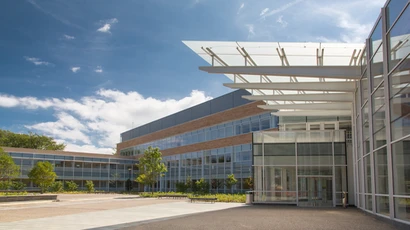
Our Facilities
Science Center
Computer Lab
Greenhouse
Stanley Museum
Herbarium
College Lodge
Cell and Molecular Equipment
Ecology and Organismal Equipment
Anatomy, Physiology and Exercise Science Equipment
Science Center
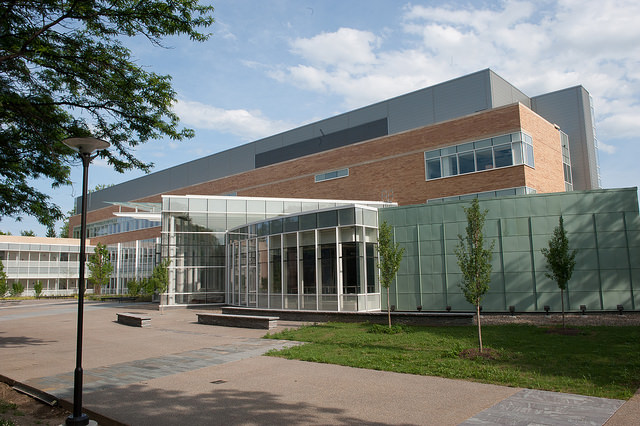
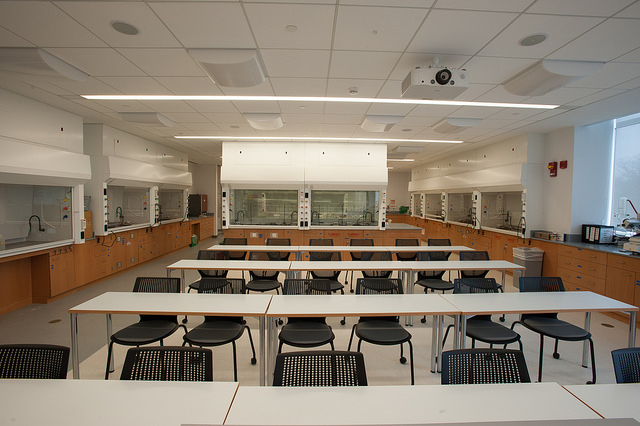
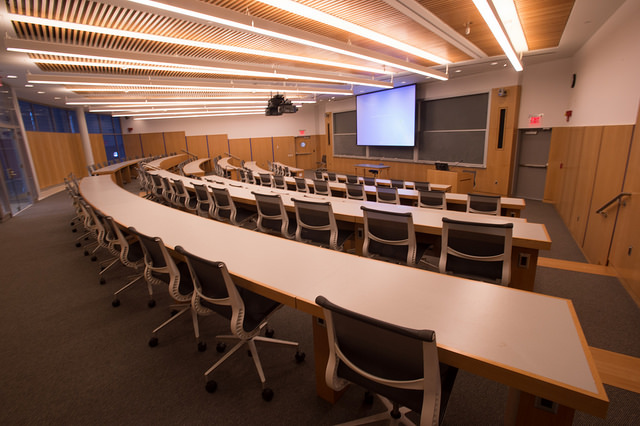
The Biology and Chemistry departments are located in the $60 million Science Center that was completed in 2015. Students and faculty have the opportunity to work with $5 million worth of equipment and instrumentation in teaching and research labs on a daily basis.
The Science Center has a large lecture hall and several smaller classrooms designed to accommodate lecture classes and small group interactive learning activities. Six biology teaching labs and ten biology faculty research labs are equipped with state-of-the-art instrumentation. The building also contains 3 conference rooms, a student reading room, a computer lab, a molecular instrumentation room, a genetics instrumentation room, a cell culture room, a student fluorescent microscopy lab, an exercise physiology suite, a greenhouse, a herbarium and 4 environmental chambers. The Chemistry department also has multiple teaching and research labs.
Fredonia owns the College Lodge and a 200 acre nature preserve that is used by the Biology Department for teaching and research purposes.
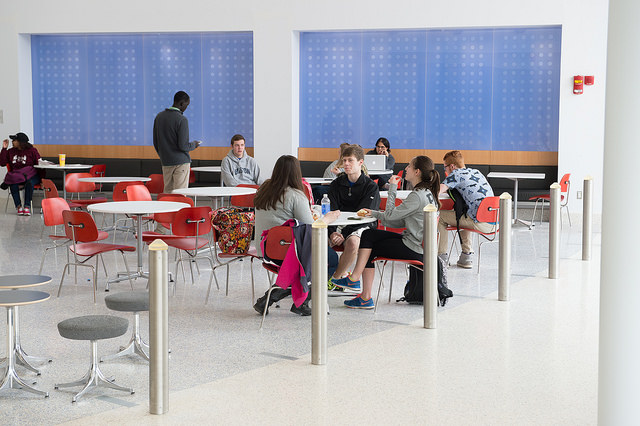
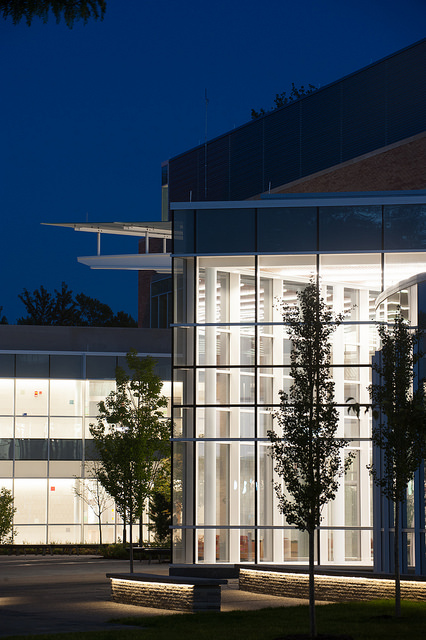
Computer Lab
The Science Center Computer Lab contains desktop computers (Windows and Macintosh), scanners and a printer for use by the Biology Department majors.
Greenhouse
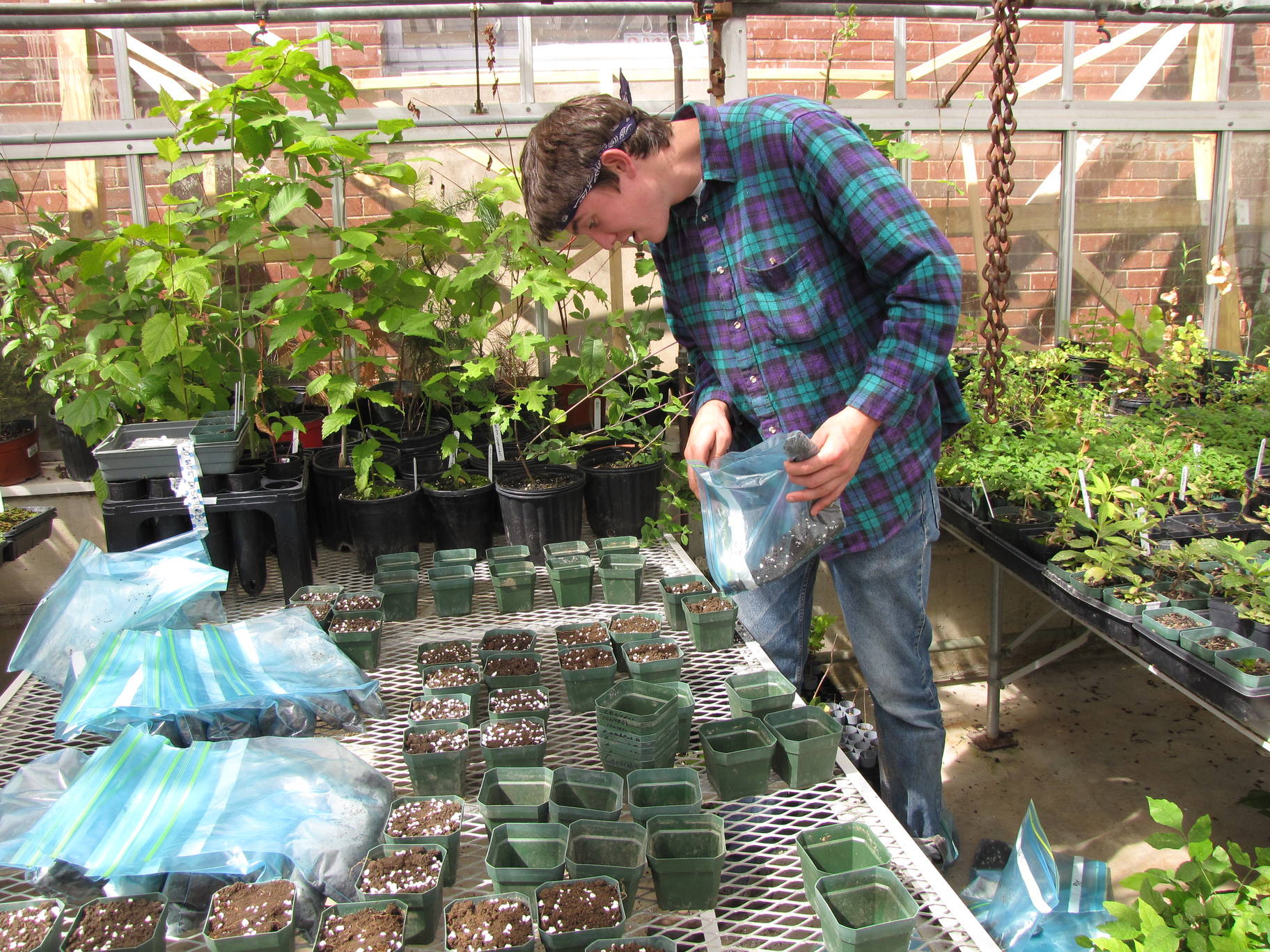
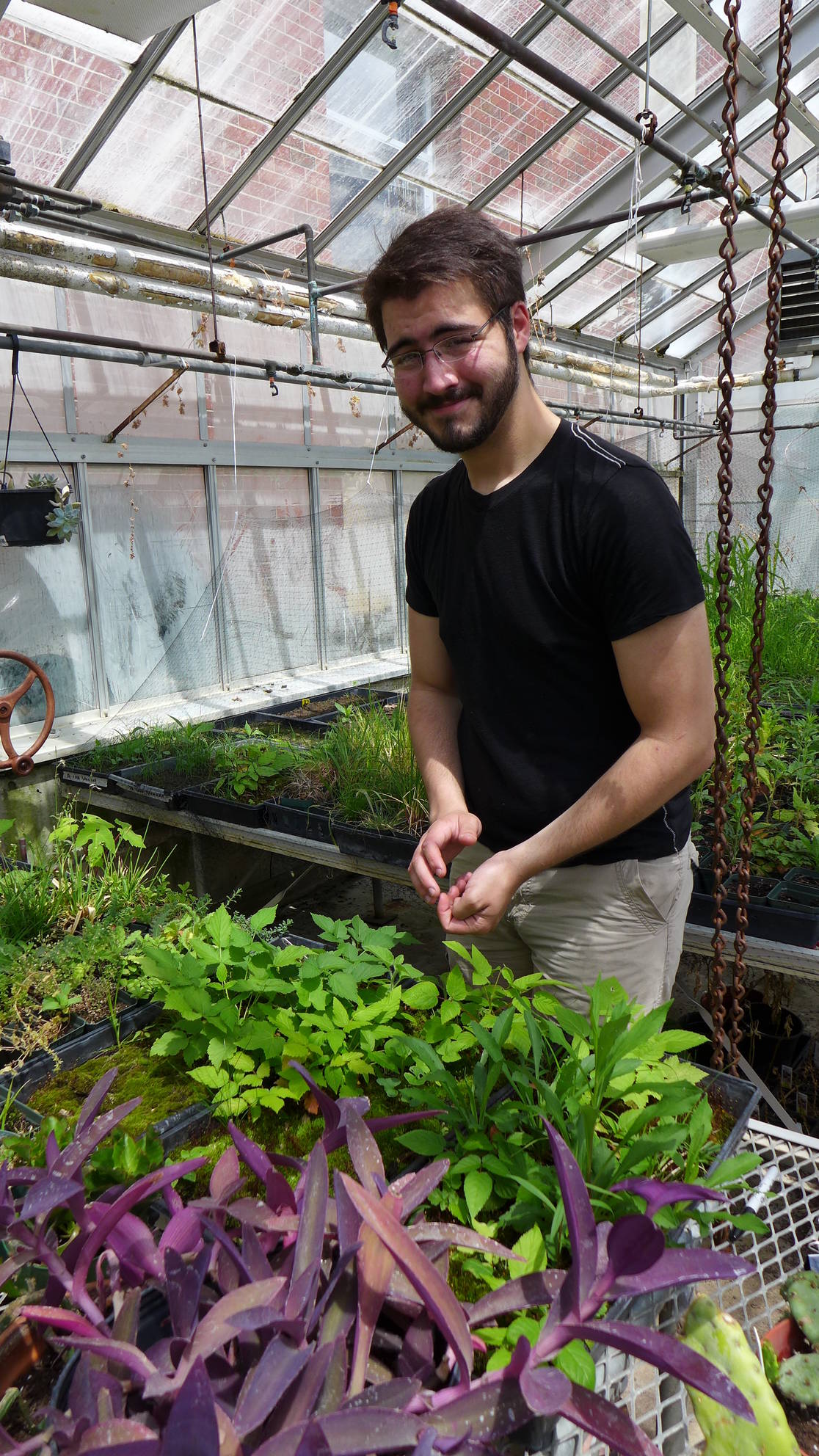
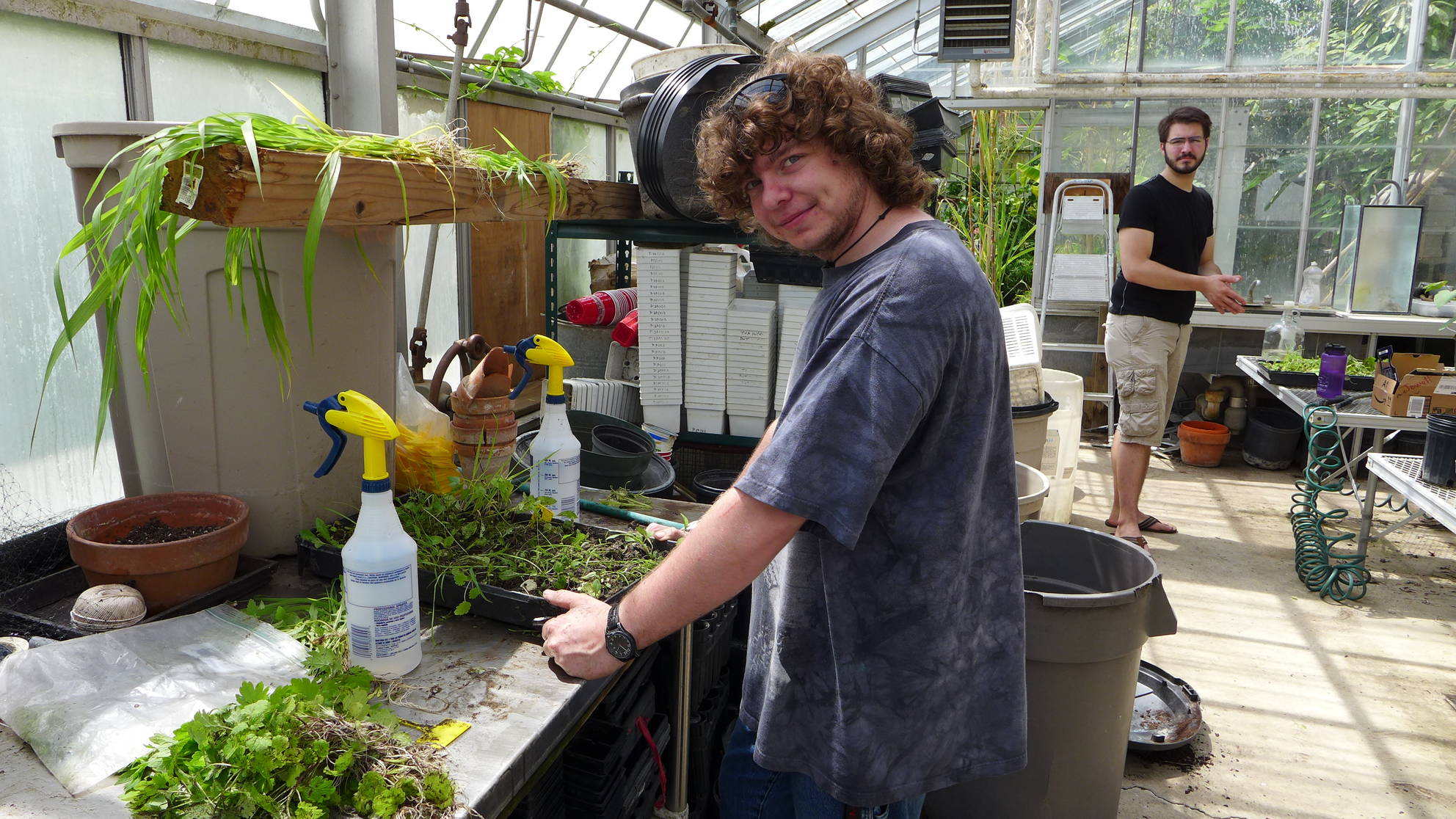
The Greenhouse is used for teaching and research efforts, the growing of rare and unusual plants, aesthetic purposes, and as a place to raise plants for the outdoor native plant garden. Investigation of different kinds of plant adaptations and characteristics occurs in the Introduction to Ecology and Evolution, Plant Taxonomy and Plant Ecology course lab work. A number of Greenhouse Intern and Museum Practicum class activities occur in the greenhouse, including maintenance of tropical plants and the desert plant display, planting and repotting activities, and general greenhouse maintenance. There is also a paid greenhouse intern position for a student each semester. A number of research projects are ongoing in the greenhouse, including a seedbank study of two black oak savannas, a rare plant community type in New York. The greenhouse is also often used by student artists and cinematographers.
Stanley Museum
The Stanley Museum is a unique resource of the Biology Department. The collection contains many unique and irreplaceable specimens such as passenger pigeon, koala, duck billed platypus and echidna. The egg collection, most of which is greater than 100 years old, is of great value, and many unique marine specimens are also part of the Museum display. The Museum Practicum students assist with specimen maintenance and display construction, and the Museum is regularly visited and utilized by local elementary and secondary schools.
Herbarium
The Biology Department Herbarium is a collection of several thousand preserved plant specimens from Chautauqua and Cattaraugus County in New York State, Mount St. Helens in Washington State, and southern Arizona. The specimens are used for research purposes, as they give valuable historical information about plant distribution and taxonomy, as well as information about regional climate changes and human impact. They are also used for teaching purposes for our Plant Taxonomy, Plant Ecology and Chautauqua Natural History courses. Efforts are underway to database the specimens so that the Fredonia herbarium can join the New York State herbarium network and ultimately be linked to the national network.
College Lodge
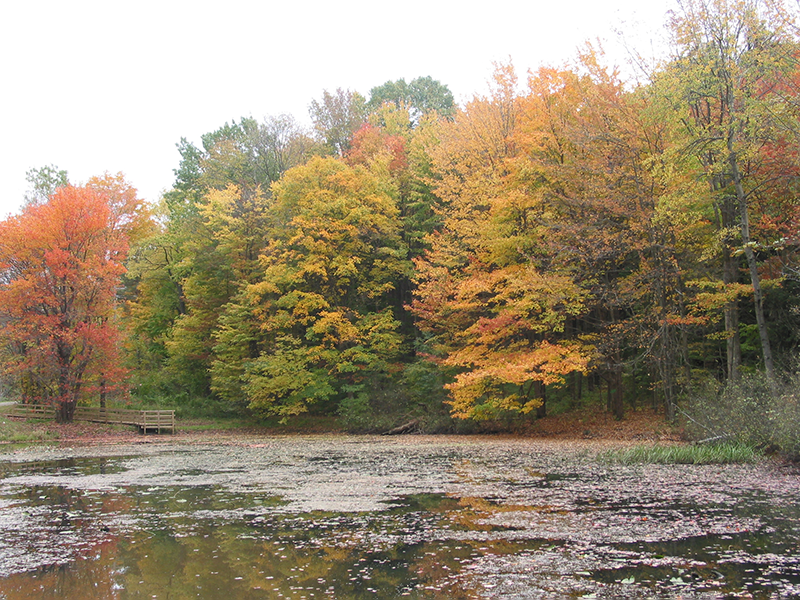
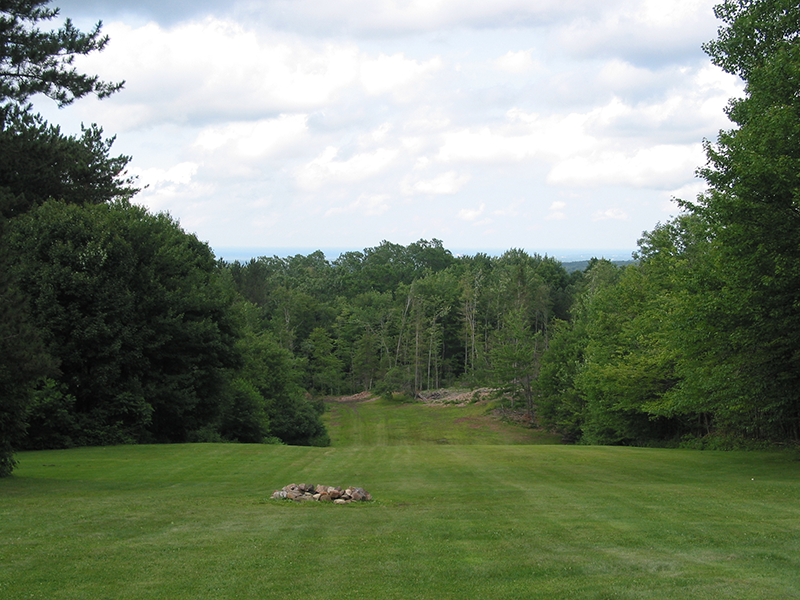
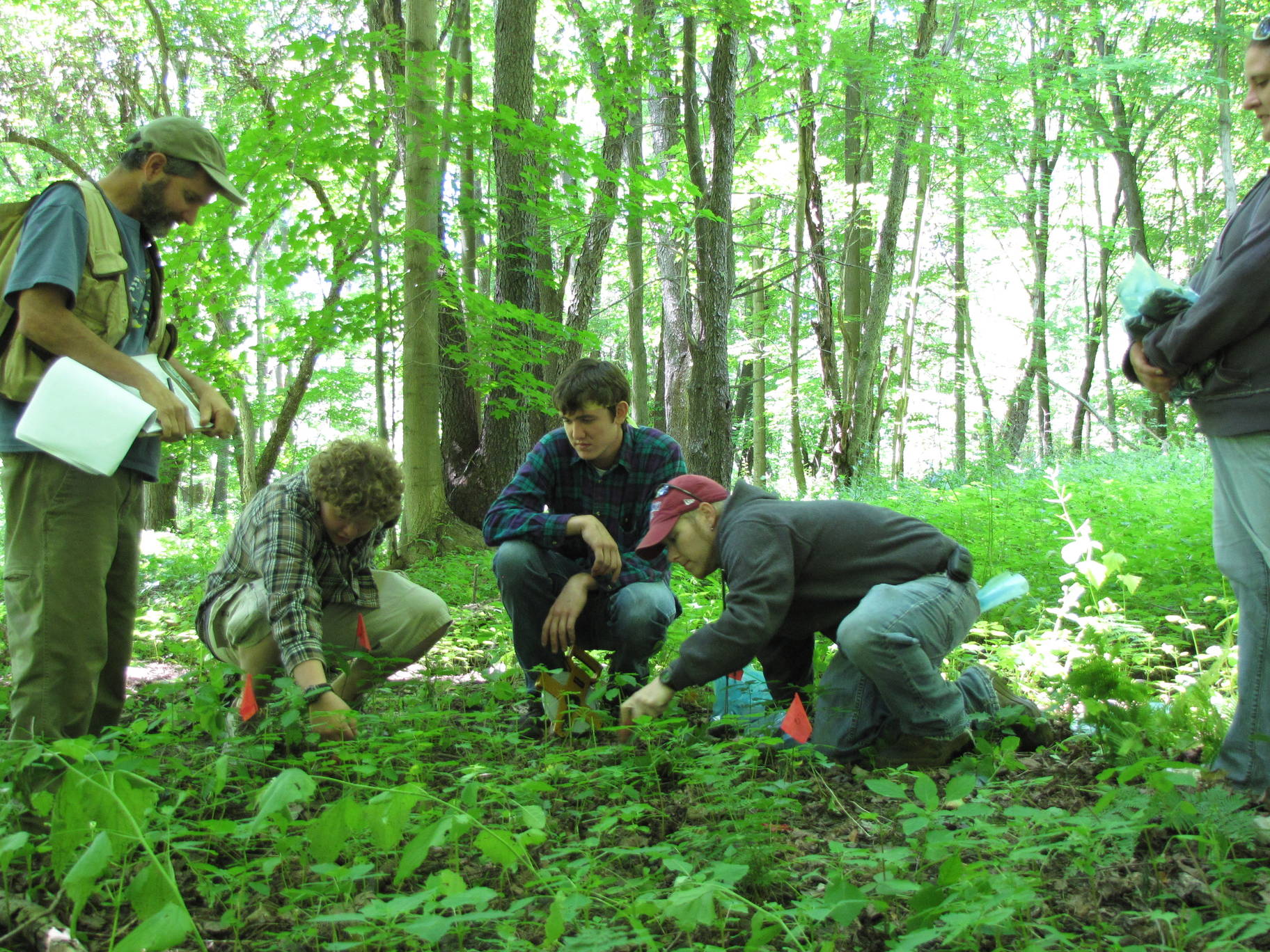
The College Lodge is operated by the Faculty Student Association (FSA). The Lodge is surrounded by a 200 acre Nature Preserve that supports some of the most diverse habitat in Chautauqua County including 16 acres of old growth forest, northern hardwood and hemlock forest, evergreen plantations, forested swamp and other wetlands, shrublands, and open fields. The Preserve lies on the divide between the Great Lakes and Mississippi River watersheds thereby serving as an ecotone between southern and boreal species, and is one of only five
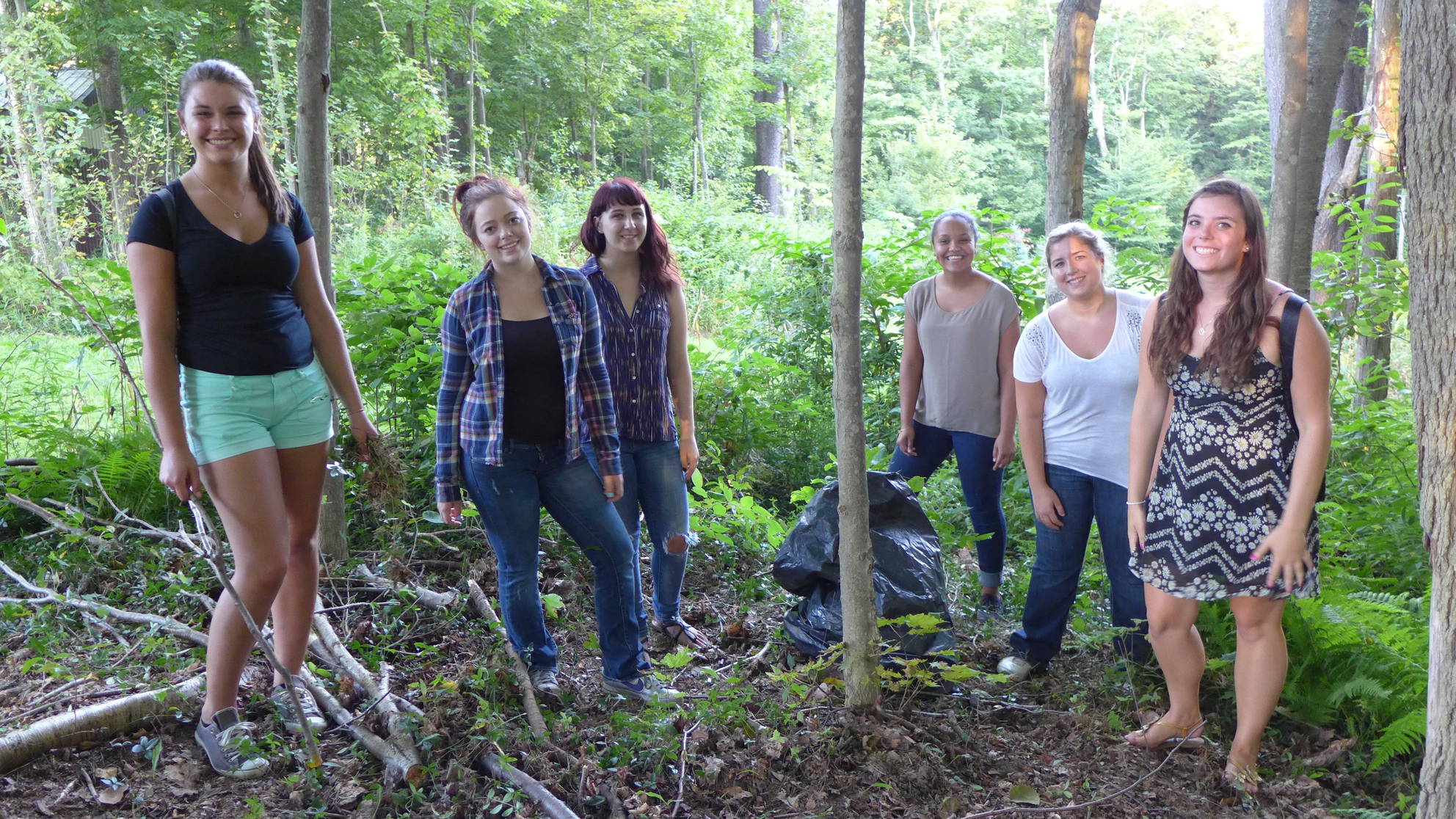
birding sites in Chautauqua County noted in the resource "Where to Find Birds in New York State" (Drennan 1981). Rare plants include the New York State endangered Emory's sedge, the regionally rare bristly sarsaparilla and alder-leaved buckthorn, and the rare and unusual aquatic plants Hill's pondweed and lesser bladderwort. Visitors come from across the region to view the pink lady's slipper, lesser purple fringed orchid, green fringed orchis and large round-leaved orchid when they are in flower. The Lodge is used for a variety of research and instructional activities by the Biology Department including 14 long term forest monitoring plots to track forest change, deer exclosures, and invasive species eradication activities. See College Lodge Nature Preserve for more information.
